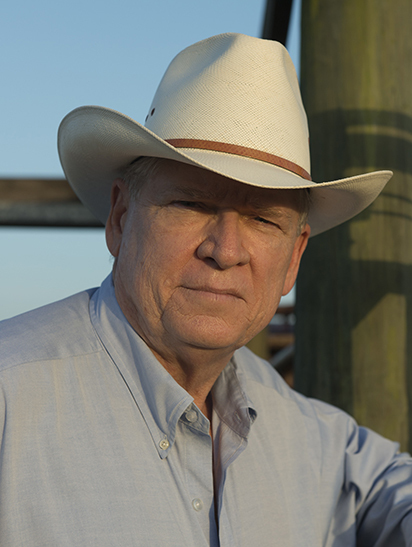
D. Victor Knight
Email: [email protected]
Ph: 772-999-6357
Hurricane Irma: was it the ‘perfect storm’ to hit the 500,000 acres of Florida’s citrus; and thus create the ‘perfect’ opportunity for investors in distressed farmland?
Some years ago, George Clooney starred in the movie “The Perfect Storm”, which depicted the actual events of a 1991 storm off of the New England coast that took the lives of all hands on the fishing vessel Andrea Gail when it was caught up in what meteorologists then touted as, ‘the perfect storm’. Since the movie’s release, the term ‘perfect storm’ has been perhaps over used in the attempt to adequately describe all manner of events, both of the meteorological variety and non. The term very well may be a most accurate description of what Hurricane Irma has recently wrought within Florida’s struggling citrus industry, this past September of 2017.
As a 3rd generation Florida citrus grower and agricultural land broker, I thought that I had seen and experienced it all. From the deadly freezes of the eighty’s, which relocated most citrus groves into the southern half of the state, to the bacterial and viral diseases of the last decade, Florida’s citrus industry has to now, continued to soldier on in spite of it all. But Hurricane Irma could very well, as one citrus executive recently related to me, be “the final death blow” to the state’s billion dollar signature industry.
About ten years ago, a bacterial infection which originated in Asia, found its way into the heart of Florida’s citrus producing region. Huanglongbing (aka: HLB or “citrus greening”) is a tree killing bacterial infection spread from tree to tree by a tiny insect called a psyllid. HLB is now present in every producing citrus grove in the state and as a result overall production has declined by over 70% during the preceding ten year period, leaving 10’s of thousands of acres now lying fallow and selling at raw land values. There is no cure for the disease and no real hope is on the horizon for the growers.
Damage estimates from Hurricane Irma are still being calculated with most running upwards to 75-100% of the crop lost. And, to make matters even worse, lenders have for the most part turned their backs on the citrus industry due to the ultra-challenging task of risk mitigation as it pertains to HLB disease.
The foregoing is likely the catalyst for another type of ‘perfect-storm’, as I predict a rare buyer’s market to develop in these distressed Florida farm lands. This could well be an ideal opportunity for institutional investors, private equity funds as well as private investors to buy land at or below raw land values.
As to the obvious question remaining, what alternative crop(s) might be suitable on these distressed properties which could also utilize the entire existing infrastructure? At this point, please allow me to refer the reader to another article in this blog post, that being: “Is This the Crop That Saves Florida Agriculture”, by Tom Schenk. I am fully in agreement with the author, that Pongamia is the most exciting alternative tree crop for Florida, and is the perfect scalable ‘drop-in’ replacement for the 10’s of thousands of acres of abandoned Florida’s citrus. Projections indicate that a Pongamia grove could generate a better than 20% internal rate of return over an 8 year period.
At Mason & Morse Ranch Company, we not only have the ability to directly source those Florida lands ideally suited for Pongamia production, but we also possess the managerial talent to provide a full ‘turn-key’ package to the absentee investor. We believe that this opportunity may very well become one of those ‘Next Big Things’ in agricultural land investments!